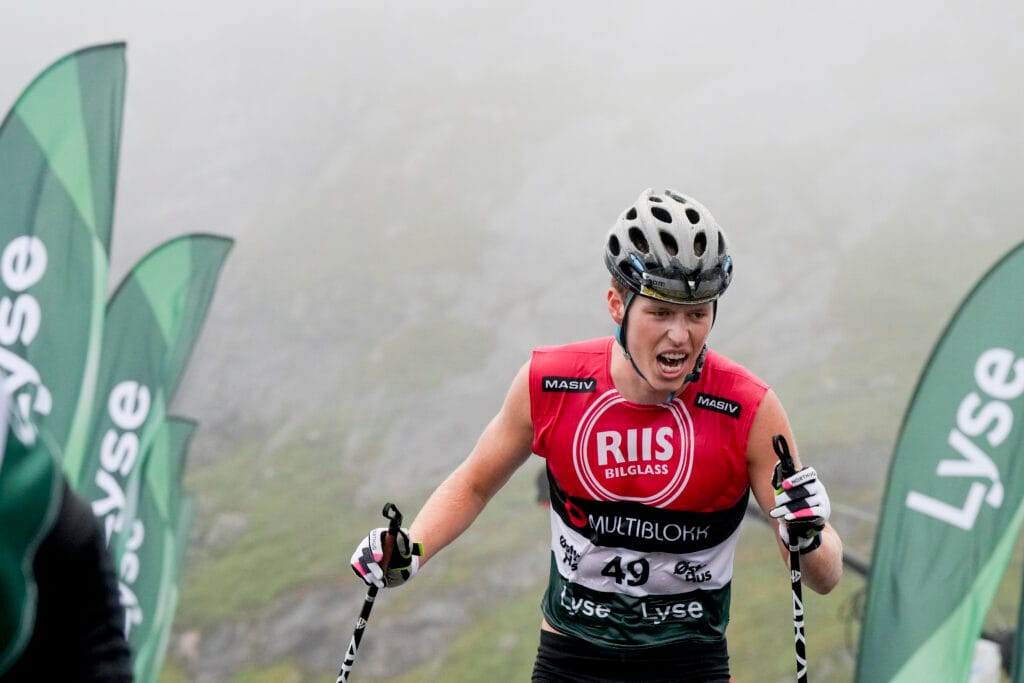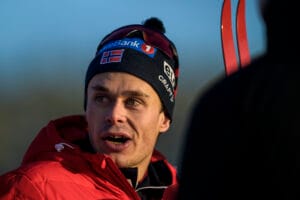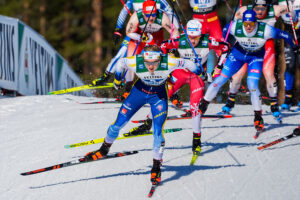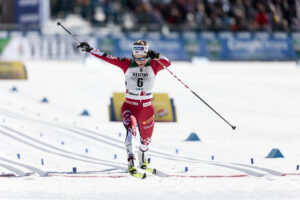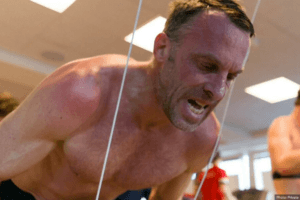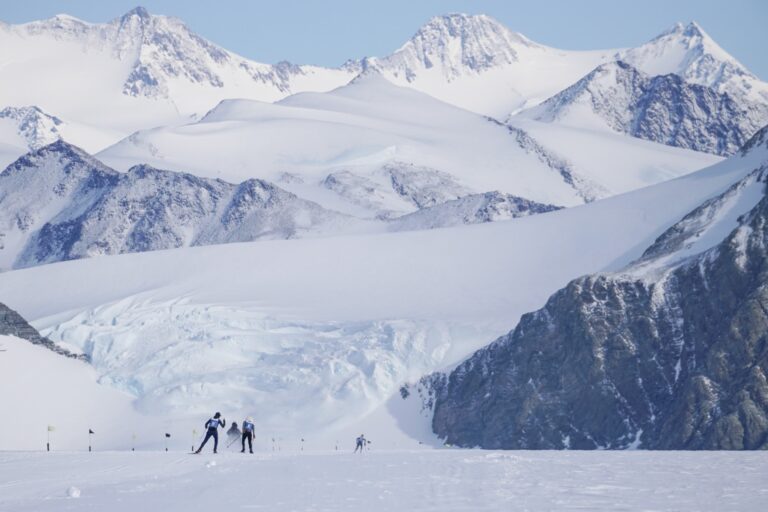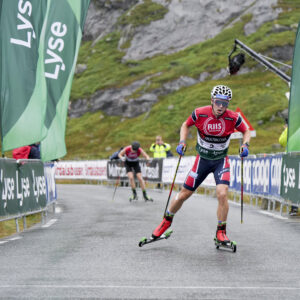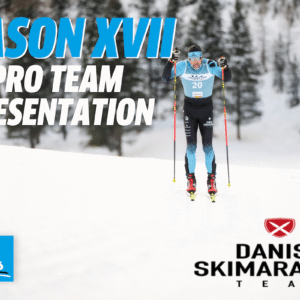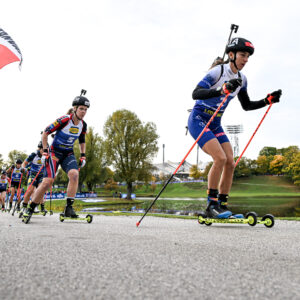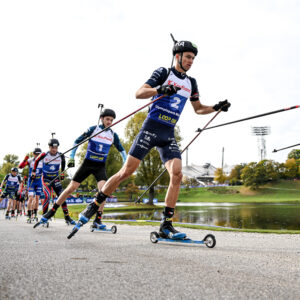Changed coach – increased VO2 max by 10 percent
40-hour training weeks and an unusually high number of hard sessions. The 24-year-old’s method is producing both sensational results and raised eyebrows.
Athletes report VO2 max increases of 10 percent and significant leaps in results in a surprisingly short time after starting to work with Vetle Leander Johansen. But from fellow Norwegian coaches, the young success coach has hardly heard a word.
The Mysen effect
The snowball started rolling last summer, when Eirik Mysen went public with the results from his first months under the 24-year-old’s program. He posted a VO2 test showing an incredible improvement in just three months, and he had beaten the entire Norwegian national team elite over 3000 meters.
“I’ve never been more motivated. Deep down, I believe I can become one of Norway’s best cross-country skiers. Honestly, I’ve never believed that before, in all the years I’ve been pursuing this,” Mysen told Langrenn early last summer.
But Johansen truly became a talking point in the skiing community this winter, when Mysen delivered results at an entirely new level.
At age 32, Mysen won his first Norwegian national championship medal at the senior level, claimed his first Norwegian national cup victory, and raced his first World Cup in several years – just six months after bringing in Vetle Leander Johansen as coach. For the first time in a decade, the veteran had taken meaningful steps forward.
Youngster Sondre Brattabø was one of the first to jump on the program. He quickly saw results. Later in the fall, two of his teammates from Team Swenor followed. This year, peer Elling Broberg has also chosen to join Team Swenor, with Johansen being the main reason.
The story continues below.
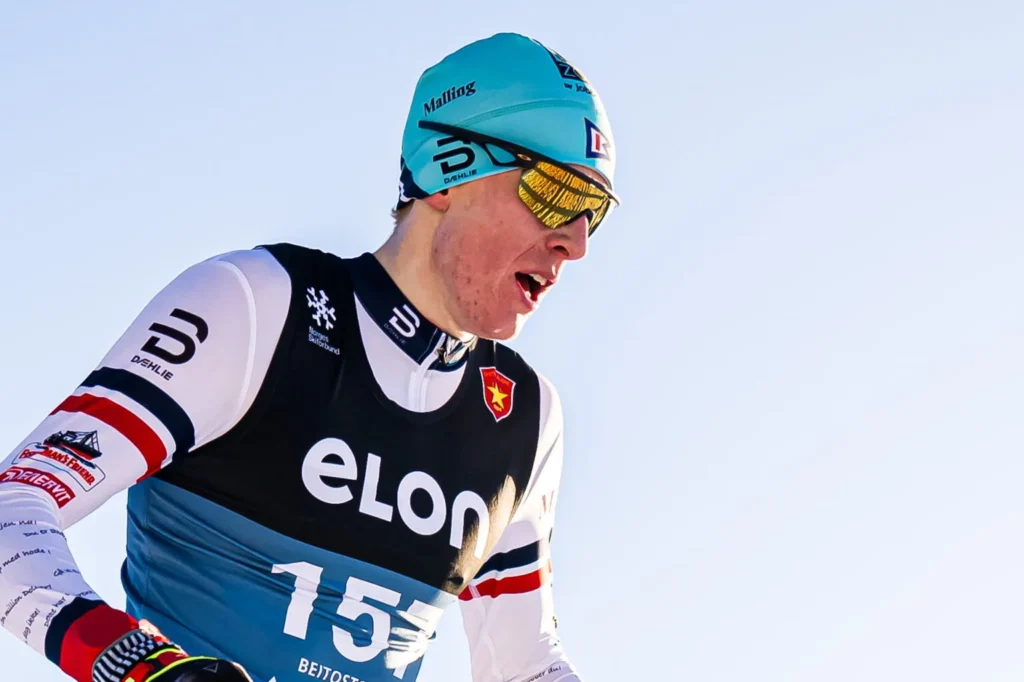
“40 hours a week, never been close before”
What sets Johansen’s program apart from the traditional? The athletes point to three main things: strict daily structure, more food, and razor-sharp intensity control.
“We sometimes reach up to 40 hours of training per week. I was never close to that before,” Brattabø told Langrenn.com.
He points to top-10 finishes in both the Norwegian national cup and junior nationals as a direct result of the program, as well as a 10 percent increase in VO2 max. The Lysebotn Opp hill climb in early August confirmed it further. The 20-year-old finished 13th and beat a dozen World Cup veterans – in his very first competition against the senior elite.
“Lysebotn Opp was a big breakthrough! I noticed in summer training that I was becoming good at uphill skating, so I set myself an ambitious goal of top 15 and under 32 minutes. Achieving both in such a strong field was a huge relief,” says Brattabø.
The story continues below.
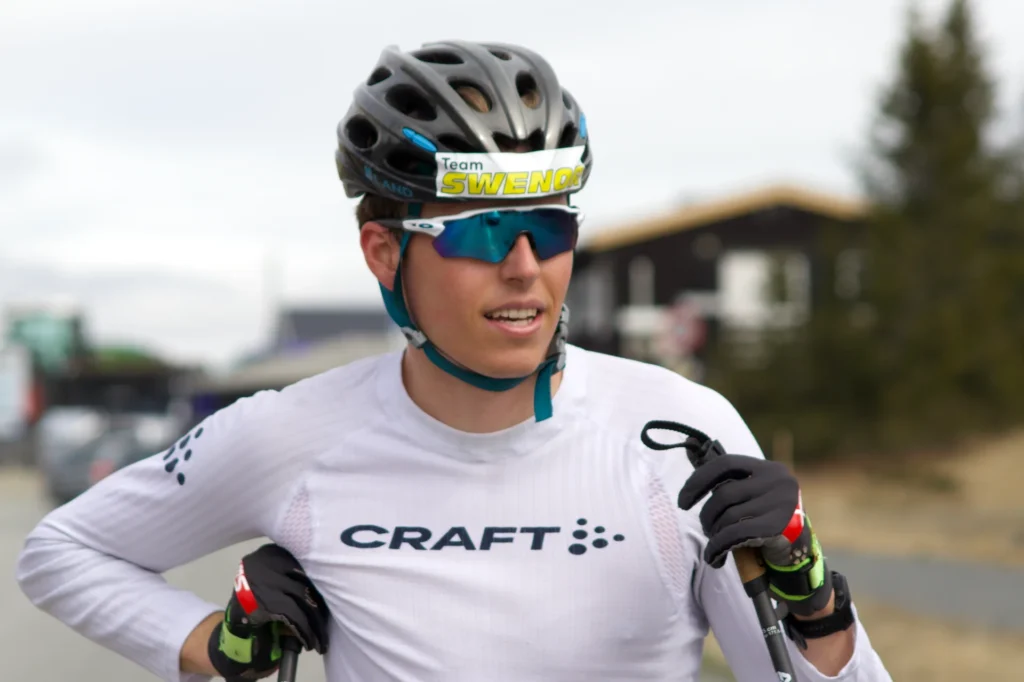
Behind the recipe for success
The athletes’ experiences paint a clear picture of progress. But what is the thinking behind the training philosophy? Johansen himself explains:
“Simply put, it’s about putting in the necessary hours to become good, sleeping enough, and eating well. Everyone agrees with that. But the key is figuring out how to get the most out of the hours you put in. Training must be individually adapted, and you can’t let established ‘truths’ set limits,” says Johansen.
Also Read: Broke all the unwritten rules – and became the best
What is the philosophy behind your approach, and your reasoning for doing what you do?
“I’ve long been fascinated by what the triathlon community does and how they train. They generally train much more than in cross-country skiing. Even if the sports are different, they’re both endurance sports. That makes it interesting, for example, that it’s normal for junior triathletes to train 1100 hours or more a year, while the Norwegian Ski Federation’s development model says junior skiers should only train 600 to 700 hours annually,” says Johansen, and asks rhetorically:
“What is it, physically, that makes cross-country skiers unable to train as much? Or is it maybe just that people don’t dare challenge what’s already established?”
He then answers his question:
“There’s little preventing a cross-country skier from training with the same professionalism as in other sports. Of course, most follow the established methods, since Norway’s best skiers keep producing international results. But on an individual basis, the question is different: if you want to be just as good, or better, than the national team athletes, for most people, it won’t be enough to do the same simply. My goal is to help each athlete maximize their potential, and naturally, there’s a difference between juniors developing and seniors who are betting everything to reach the top.”
Johansen’s approach is not entirely unlike what Andreas Fjorden Ree introduced last year, also inspired by triathlon. He, too, saw enormous VO2 max development and delivered such a strong season that he was selected for the elite national team in April.
Also Read – Changed training: Increased VO2max from 71 to 81.5 in half a year
Yet Johansen says he experiences only lukewarm interest from Norwegian cross-country coaches.
The story continues below.
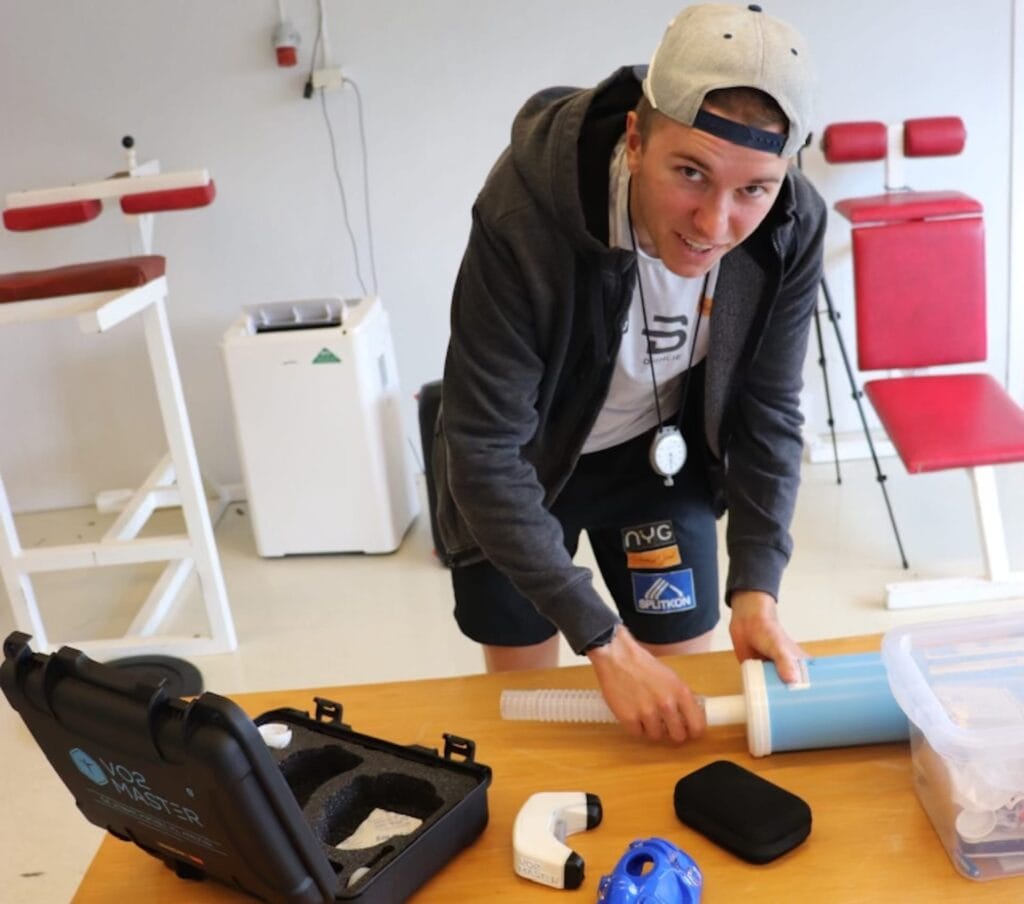
Aukland: “Limited evidence”
Langrenn.com asked Jørgen Aukland for his thoughts on Johansen’s approach. Aukland has been a coach for over a decade in both long-distance and traditional cross-country skiing for established and younger athletes, and works daily at Wang Toppidrett.
What do you think about Johansen’s methods?
“It’s incredibly exciting and important that young people take an interest in the coaching profession.
The results and numbers Johansen can show are impressive. Are Norwegian coaches too conservative, and why isn’t there more talk about this kind of training approach?
“I think many established coaches have taken note of what he’s doing, but they’re waiting a bit. Currently, there’s still limited evidence for his method. And there’s a lot of evidence showing that the traditional Norwegian model works and produces good results.”
Aukland also points out that Johansen’s results may not be solely due to his program, but could also be influenced by other factors:
“Many athletes get a boost when they change what they’ve been doing for a long time, and that in itself is important. The body adapts to the load it’s exposed to regularly. And especially with young athletes, they are in constant development. So, progress may also be a natural part of simply getting older, building more training in the body, and thereby tolerating more and harder work,” he says, and continues:
“Another factor is the mental side, and the value of interaction between coach and athlete. Coaches who engage with athletes, making them feel seen and closely following up, often help them progress well. So, my conclusion is that many different factors play a role here. But I cheer for everyone who dares to think outside the box, and it will be exciting to follow this going forward.”
Are you interested in training for long-distance and traditional cross-country skiing? Click HERE and read more about it.
